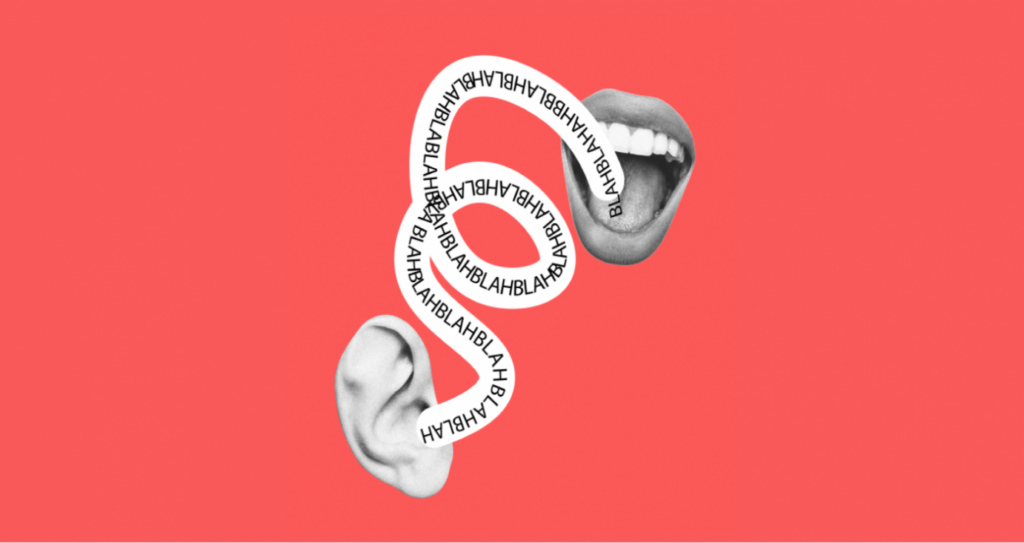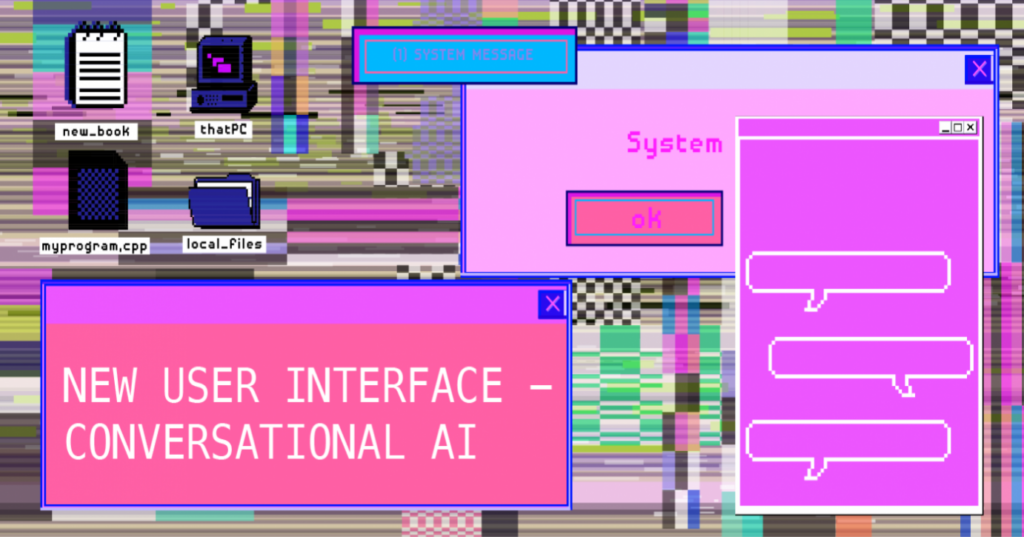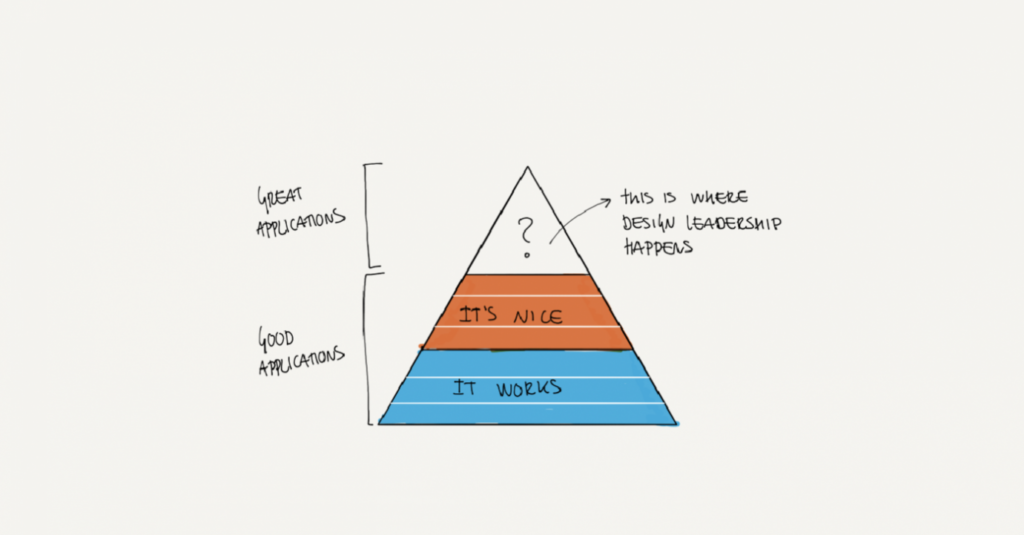5 UX Development Phases to Create Your Brand’s Voice
- The article offers a concise guide to crafting a brand’s voice in five key UX development phases.
- The author emphasizes practical strategies and tools for creating a unified brand identity that connects with customers and builds trust.
Share:5 UX Development Phases to Create Your Brand’s Voice
Share this link
- February 20, 2024
5 min read







